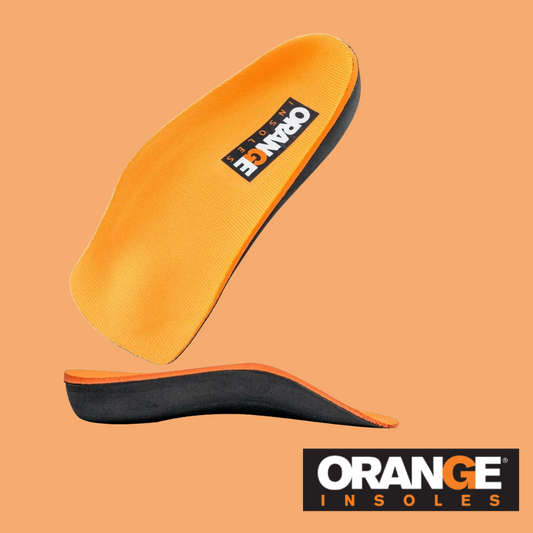Whether you’re an athlete or are constantly on your feet for your job, heel pain isn’t something you should ignore. It could be plantar fasciitis, which is a type of inflammation in the plantar fascia- a ligament that connects your heel to your toes. Here, we’ll discuss the most helpful stretches to treat it and how to prevent plantar fasciitis from coming back.
How do I know if it’s plantar fasciitis?
The inflammation often feels different for different people. For some, there is just an intense achiness in the heel. For others, it feels more like a sharp pain or similar to how a bruise on the bottom of the foot would feel. There’s a lot you should know about this condition before trying to handle the symptoms on your own.
And of course, you should always see a doctor for a proper diagnosis so you can start recovering the right way. It may very well be one of these conditions or something else, so it’s important to know exactly what’s causing the pain. Your doctor might ask questions about when your pain is most intense, ask about when it first began, and order imaging tests such as an x-ray, ultrasound, or MRI.
When should I do these stretches?
You should only do the following stretches if your doctor has encouraged you to do home remedies to relieve the pain. Doing these stretches alongside taking anti-inflammatory medications, resting and icing may be helpful. It all depends on the severity of your inflammation and what your doctor says you should do.
Stretch #1: Calf Stretch
With your hands against a wall or counter, place one foot behind the other. Slowly bend your front knee and lean into it with your hips. Make sure to keep your back leg completely straight while pressing your heel down into the ground. Repeat this stretch three times for 30 seconds.
Stretch #2: Toe curling
This one may seem silly, but strengthening the toes is a huge part of supporting the plantar fascia and the surrounding muscles. It’s an important movement to understand how to prevent plantar fasciitis from coming back as well. All you need to do is stand over a small towel on the ground under your affected foot. Scrunch your toes to move the towel towards your heel, but make sure your heel stays on the ground. Repeat the move 10 times. Over time, this small exercise will make a difference.
Stretch #3: Heel Raises
While holding onto a wall or counter for balance, raise your heels by standing on the balls of your feet. Slowly lower your heels back onto the floor. Repeat these raises until your feet are tired and perform two or three sets of this. As you gain more strength, you can begin standing on one foot while doing the exercise.
Stretch #4: Water bottle massage
While sitting down, place an icy water bottle under your foot. Gently roll your foot over the bottle for three to five minutes. If it’s too cold, simply take a break and return to massaging. This one is great after a long day of work since it prevents further inflammation.
Stretch #5: Toe stretch + massage
While sitting down, cross your leg with the affected foot over your other knee. Gently pull back your toes so that the bottom of your foot gets a nice stretch. Hold it for at least 10 seconds and massage your foot at the same time. Repeat this three times. Many people have found that using a tennis ball is an effective way to massage. As you grow more comfortable with this stretch/massage combo, you can hold your toes for up to 30 seconds.
How to prevent plantar fasciitis from coming back
- Stretch consistently
- Rest when you feel any pain
- Lose excess weight
- Use custom-made orthotics if prescribed
- Consider doing low-impact workouts
Plantar fasciitis is somewhat of a complicated type of pain. It can be treatable at home, but sometimes, it requires more attention like physical therapy. It takes most people 6-12 months for their feet to feel completely pain-free. The most important thing to remember is that if it feels worse, see a doctor. They will guide you to feel better and do more!

























































